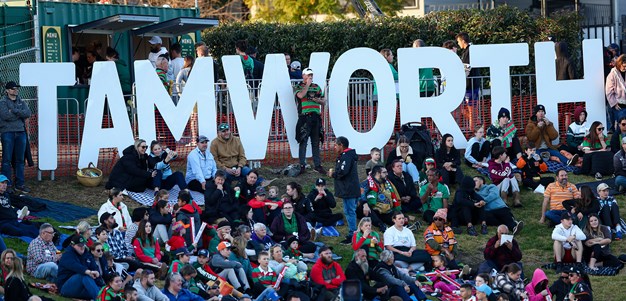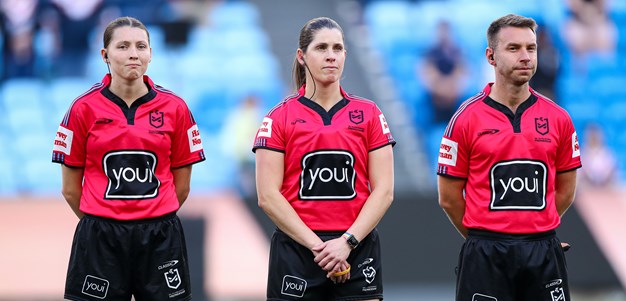For the third year in a row, New Zealand Rugby League has seen an increase in registered player numbers. Since the 2009 review, the game has worked with its clubs and Zones to ensure that all players are registered and at the end of 2010 the NZRL reported an increase of 52% over the previous year with more than 24,000 registered players. Areas which had experienced significant increases at the time included Manawatu, Taranaki, and the upper North Island as a whole.
In December 2011 numbers were up again, a further 38% on the previous year’s total, taking registered player numbers to 33,500. Doyle said then that the most pleasing aspect of the increase was the number of young players coming into the game who would benefit from the new NZRL pathway.
Since then a number of NZRL programmes have become well established, including the Community Carnivals, the National Competition, Hearts and High Performance camps and elite youth teams, with players having a clear pathway to the highest levels of the game in NZ.
These and a number of initiatives which have seen more young people than ever playing the game at school, in conjunction with the National Secondary Schools tournament – 16 schools in 2011, and 24 schools in 2012 - are considered key to the continued growth of the game.
NZRL CEO Jim Doyle said “With better reporting and improved programmes now well established, we knew growth would slow so to see a further increase is very pleasing. Player numbers for the 2012 season were 35,788 (+7%) with the most positive growth again in the Mini-Mod (6-12 years) age group. That’s where you’d hope to find it, as more young people make Rugby League their sport of choice.
“We have development programmes for everyone from our players to coaches, trainers and managers and this encourages families to get involved. Parents can come to a Community Carnival and while their kids are having fun, the parents are enjoying the free Rugby League Fundamentals programme.
“Our players are offered opportunities to develop as people and as athletes and we are now expanding our League 4 Life Club Development programme (previously a pilot) which assists local clubs to improve their on field and off field facilities, sideline behaviour and community involvement.
“The game is being recognised as a leader in many areas including youth development, it’s culture, and for our pathways and we will be continuing that good work. While the percentage increases will stabilise I am confident we’ll continue to see steady year on year growth as more of our clubs meet our standards and even more families hear about all the great work being done across the game.”


